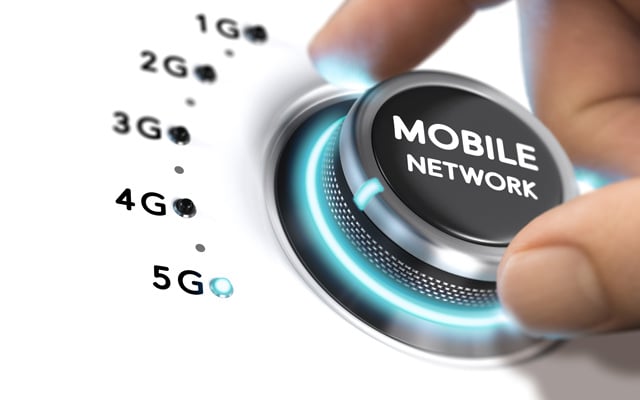The Universal Mobile Telecommunications Service (UMTS) – also known as the 3G standard – first arrived in 1999, and operators first started rolling out 3G services a couple of years later. At the time, the existing 2G protocol was fine for handling basic functions (e.g. calls, SMS and browsing). However, business users and ordinary consumers alike were starting to expect a lot more from cellular networks.
3G opened the door to higher capacity tasks: video calls being a prime example. It also opened up new possibilities for businesses exploring connected technologies for the first time, such as connecting with and tracking fleet vehicles when on the road.
HSDPA was one of several initiatives designed to improve the 3G system, so it could keep up with advancements in mobile and IoT technology.
Introduced with Release 5 of 3G in 2002, HSDPA was an improved version of the existing 3G protocol, focused on faster connection and on delivering a higher data transfer rate.
The HSDPA protocol itself is a downlink channel only: i.e. it enables transmission from a source to a connected device. However, it was later combined with a corresponding protocol, High Speed Uplink Packet Access (HSUPA). Together, these two technologies are known as HSPA (High Speed Packet Access). This represented an important evolution in 3G capabilities, enabling much more demanding mobile and IoT applications, such as streaming, and the two-way transmission of high-quality video.




